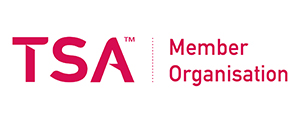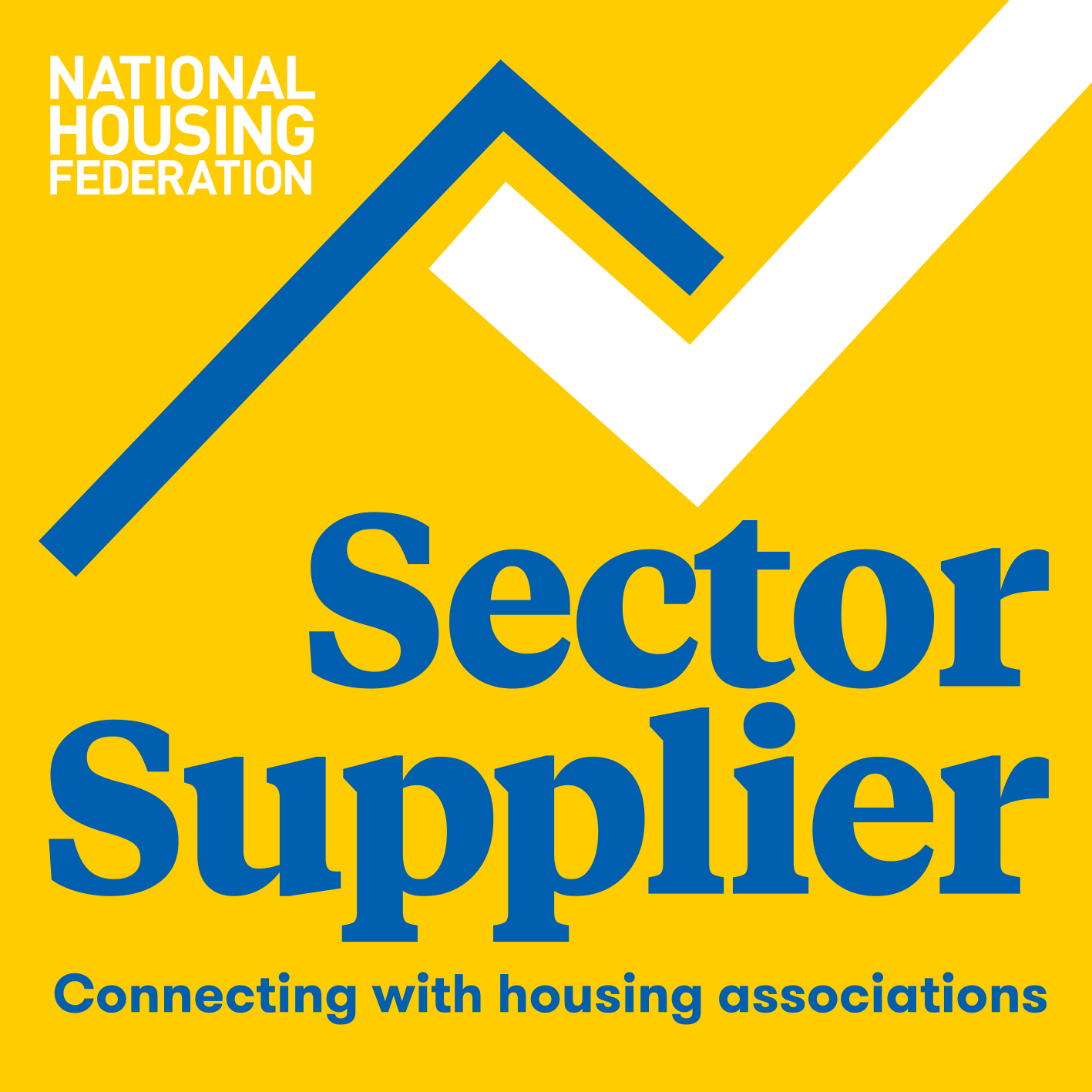News from Alertacall plus articles and insights on how to enhance outcomes for people with higher needs in the housing, health and social care sectors.
Realising the potential of digital communications is high on the agenda for most housing associations and local authorities. Improving internet access and online services for residents provides them with greater choice and control in relation to their tenancy. Digital Access and ‘Channel Shift’ also enables housing providers to significantly improve customer experience and create efficiency savings.
But what about tenants who are ‘digitally excluded’? How do you reach them?
The 2019 Consumer Digital Index shows 11.9 million people in the UK (22% of the population) lack the essential digital skills they need to use the internet effectively. Furthermore, the government’s digital inclusion strategy goes on to state that 37% of those who are digitally excluded are social housing tenants, which equates to around 1.85 million people.
Individuals with disabilities are 35% less likely to have essential digital skills for life. And while there has been a significant increase in the last few years of those in later life using the internet, the Centre for Better Ageing reports that there are still 4.8 million people over the age of 55 who are not online.
So what are the main barriers to digital inclusion in housing?
- Accessibility: devices and interfaces, not designed to meet all users needs, can be confusing and off-putting if not simple to use. Digital services can also rapidly change making it difficult for tenants to keep up with developments and, therefore, become disengaged.
- Connectivity: the big one – limited access to the internet through broadband, WiFI and mobile.
- Cost: devices and WiFI / mobile internet can often prove unaffordable.
- Lack of digital skills amongst tenants: resulting in a lack of trust, confidence and motivation of residents to engage with self-service portals and other online services.
- Staff capability and resource: unable to provide training and guidance on internet usage and raise awareness of online services available.
Without addressing these key issues customer engagement will be low and housing providers will not realise the full potential.
How to overcome those barriers?
Introducing Housing Proactive’s touchscreen to help residents to engage with online services
One of the ways in which Alertacall’s Housing Proactive service is helping housing providers to address some of the key aims of their digital agenda and further increase resident engagement is through the introduction of its touchscreen device.
Housing Proactive, an Alertacall service, is a housing management system designed specifically for properties with higher needs customers. The service enables housing providers to increase contact with residents, improve repairs performance and deliver service efficiencies.
The touchscreen has been specifically designed for Housing Proactive and has been developed with ease of use in mind and excellent messaging capability.
The touchscreens will utilise 3G & 4G signals with an ‘any network’ SIM card inside them which means the tablet will work even if there is no WiFi in the building. Of course, where WiFi is available, the devices will utilise this method of connectivity, opening up the possibility of video conferencing in the future.
Importantly, the touchscreen could offer the opportunity for residents to access providers’ own self-service portal which can be integrated into the tablet in a number of ways.
The touchscreen will be provided as part of the Housing Proactive service, which is eligible for funding by housing benefit. There are no equipment, installation or maintenance costs for the touchscreen and free training will be provided to residents and housing staff on how to use them.
A final note – the importance of human ‘contact’ and tailored service provision
While improving digital inclusion provides clear benefits to both housing providers and tenants, it is important to remember that it can also create further challenges.
Technology can increase social isolation and loneliness for individuals with negative impacts on both mental health and physical wellbeing. As part of the Housing Proactive service, if residents choose not to engage with their device, a highly trained member of the Alertacall team will call the resident to confirm everything is ok with their property and give them the opportunity to report any issues. Thus, providing the resident with contact and the opportunity to speak to a friendly team member on a daily basis. Technology should never be a replacement for social interaction but rather act as a conduit for it.
Finally, while digital inclusion is high on everyone’s agenda, the simple truth is that not all tenants are ready or wish to go online and use the latest smart device. This is why Alertacall has developed a range of devices, including more ‘traditional’ telephones (which are still our most popular products) to provide tenants with the choice in how they engage with features of the service.
If you would like more information on how Housing Proactive and our touchscreen device could benefit your organisation, you can call us on 0808 208 1234 or email contact@alertacall.com.








